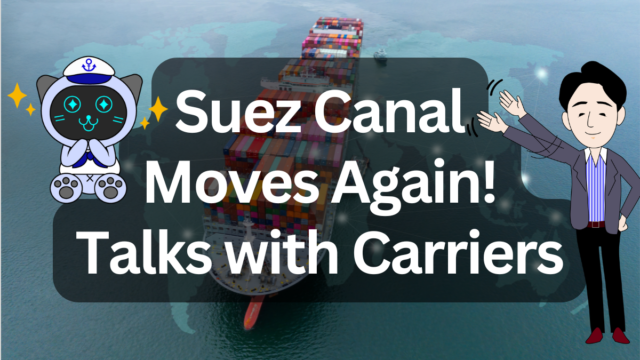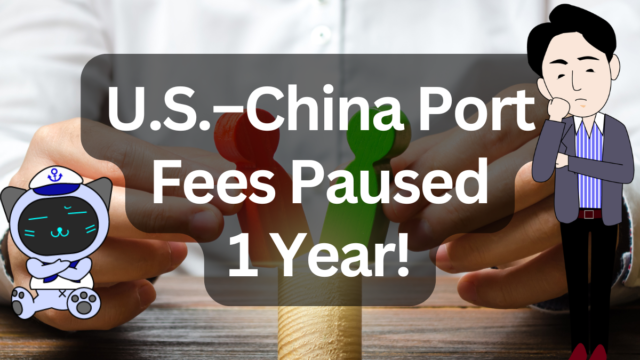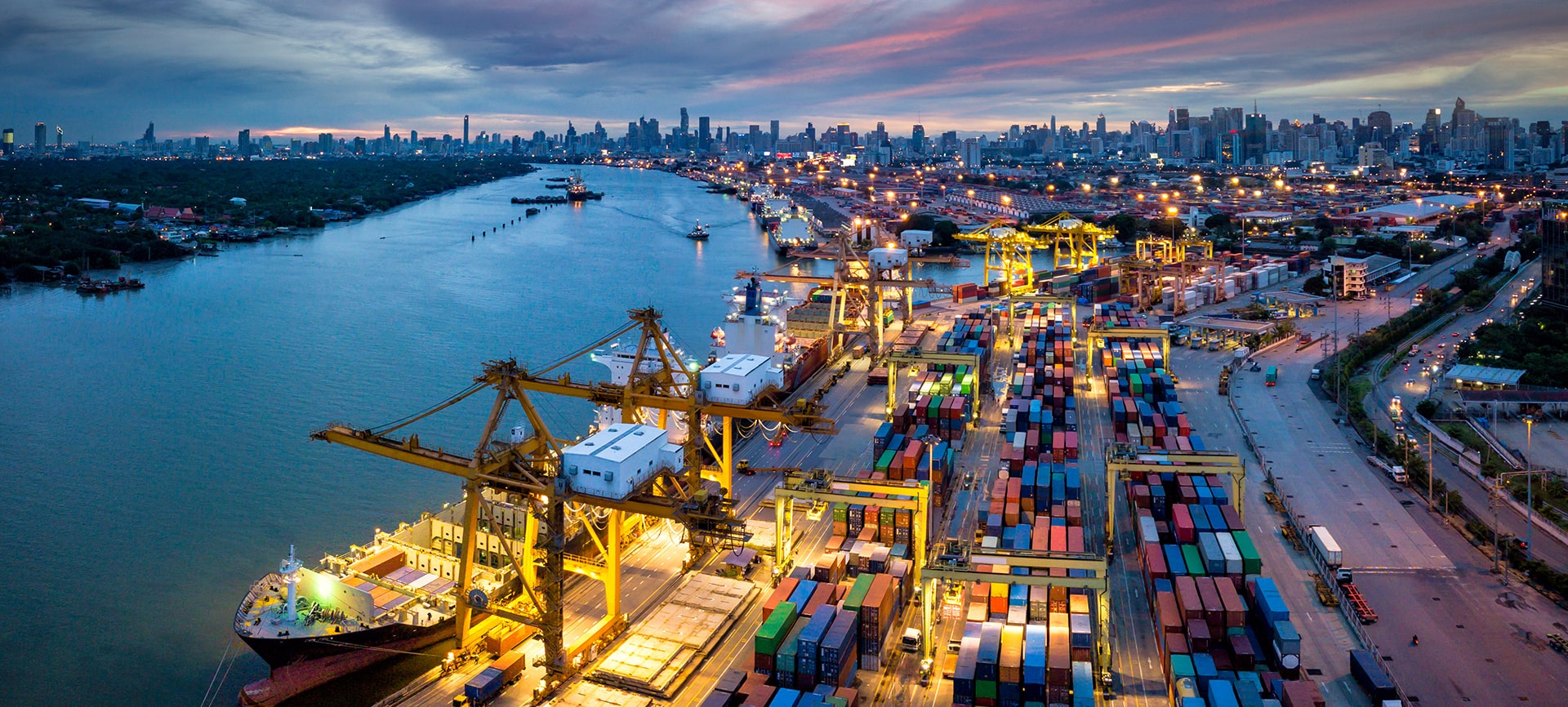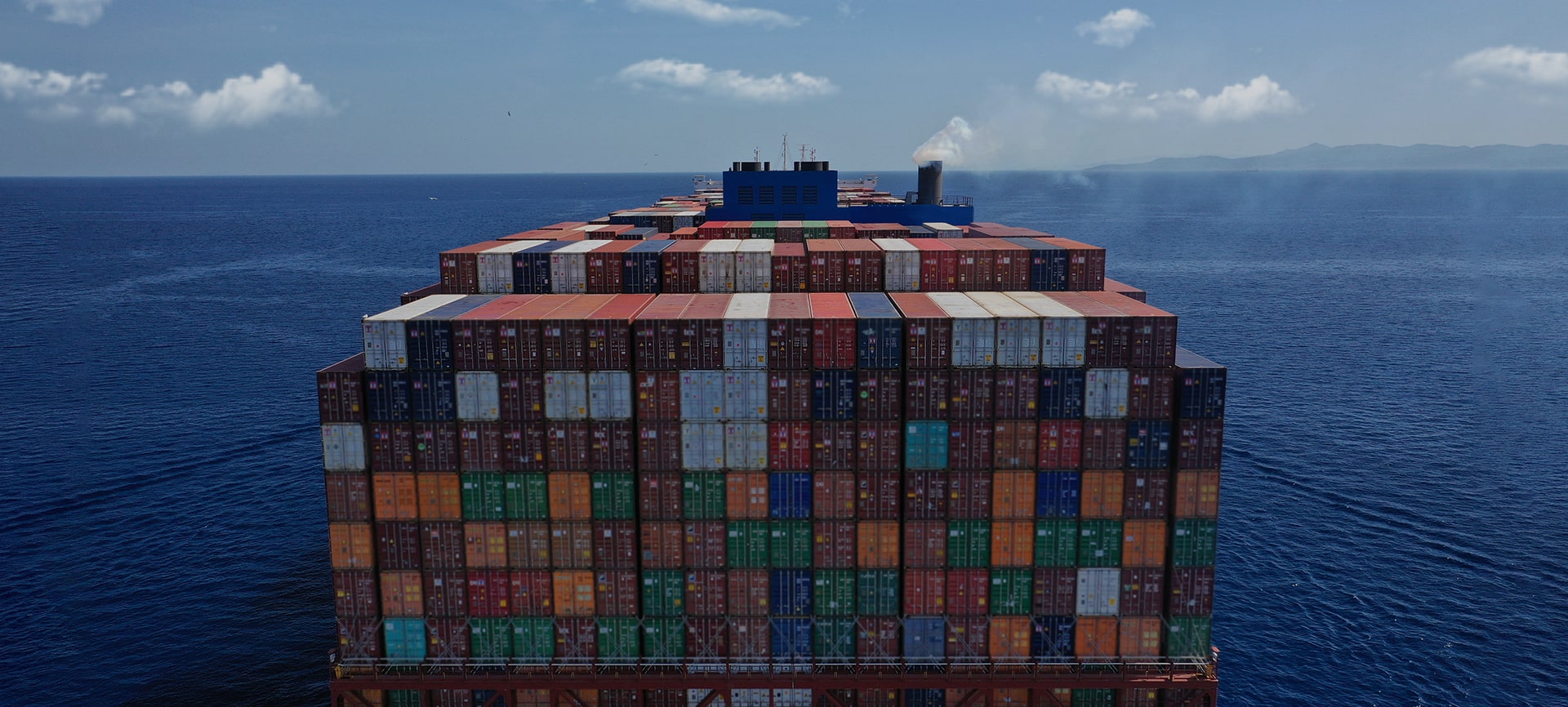Posted on: October 3, 2025 / Last updated: October 3, 2025
Warming Opens the “Arctic Sea Route” — A New Geopolitical and Logistics Frontier
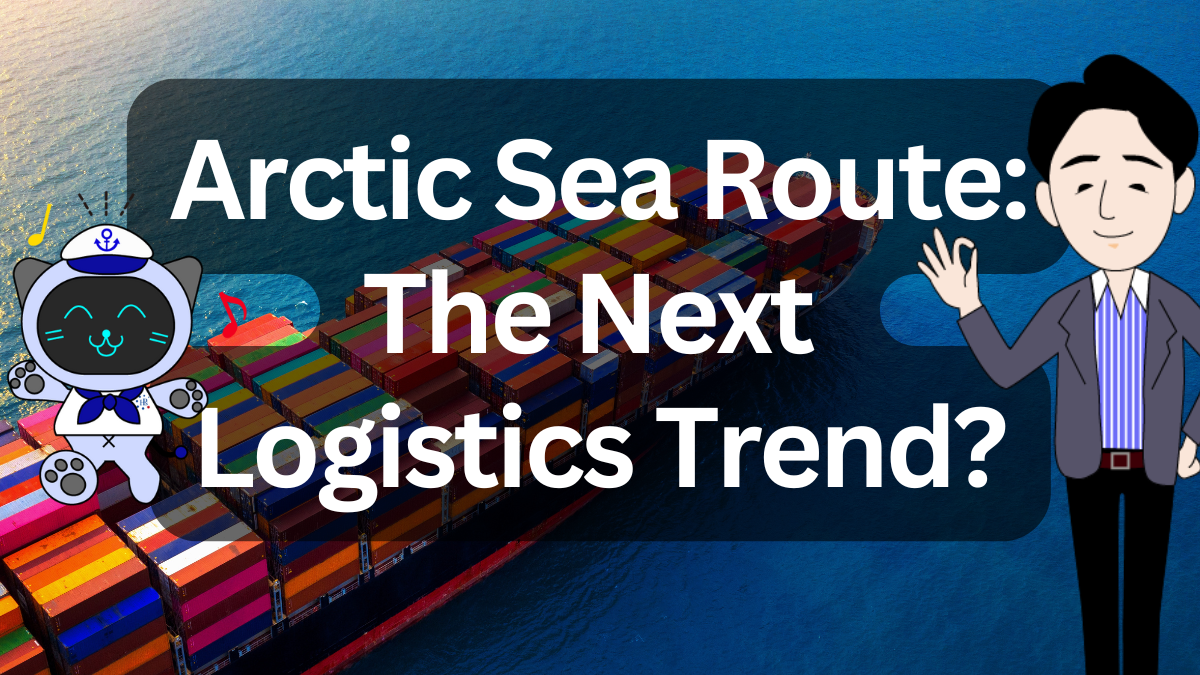
Climate change caused by global warming is having a serious impact on natural environments.
At the same time, a new shipping route through the Arctic Ocean—once impassable year-round—is gradually opening, bringing major shifts in global logistics and geopolitics.
This article explores the current state and potential of the Arctic Sea Route, and the strategic interests of major powers such as Russia, China, and the U.S. in this emerging frontier.
CONTENTS
What Is the Northern Sea Route?
The Northern Sea Route (NSR) is a maritime corridor along Russia’s northern coast that connects Asia and Europe.
Previously blocked by thick sea ice, the route was only navigable during short summer periods. Due to global warming and rapidly shrinking sea ice, the navigable season has been steadily lengthening.
- Winter sea ice coverage: approx. 15 million km²; summer: about a quarter of that
- Sea ice area has halved over the past 40 years
- Further shrinkage is expected by 2030, enabling regular cargo operations
- 2020 saw a record 88 navigable days
Climate change is making a new maritime route a reality.
Logistics Benefits of the Arctic Route
The key advantage is significant distance reduction compared to the Suez Canal route.
For example, Tokyo–Rotterdam via Suez is ~21,000 km, while via the Arctic Sea Route it’s ~13,000 km—around 40% shorter.
Logistics benefits include:
- Avoiding chokepoints like the Suez Canal and Malacca Strait
- Lower piracy risk compared to the Gulf of Aden
- Reduced fuel consumption and CO₂ emissions through shorter routes
- More predictable scheduling in stable seasonal weather
These advantages are attracting growing attention from the logistics sector.
Strategic Interests: Russia, China, and the U.S.
This strategic corridor is drawing intense interest from the three major powers.
Russia: National Strategy
Russia is advancing the Arctic Sea Route as part of its national strategy, investing in ports, LNG icebreakers, and infrastructure.
- 2020 cargo: ~33 million tons (15× increase over 10 years)
- Targeting 80 million tons by 2024
- Rapid LNG export growth via Yamal projects
- World’s largest fleet of nuclear icebreakers
Russia sees the NSR as a “second Suez”, boosting its geopolitical leverage.
China: The “Polar Silk Road”
China calls the NSR the “Polar Silk Road” and is advancing its Arctic strategy.
- Built its first icebreaker “Xuelong 2” to enhance polar research
- Using satellite systems to support Arctic navigation
- Invested ~30% in Yamal LNG for resource access
- Investing in Greenland’s ports and mines
China is expanding its influence in resources, shipping, and research as part of its Belt and Road strategy.
U.S.: Geopolitical and Military Presence
The U.S. had been less active in Arctic policy but is now stepping up amid concerns over Russian and Chinese activities.
- Trump’s proposal to purchase Greenland attracted attention
- New coast guard strategies and infrastructure in Alaska
- Strengthening influence in Arctic Council
- Expanding military exercises and monitoring
The U.S. views the Arctic as a new geopolitical frontier alongside the Indo-Pacific.
Outlook
As the Arctic Sea Route becomes more navigable, global shipping patterns may shift dramatically.
Reliance on the Suez and Panama Canals may decrease, diversifying geopolitical risks.
At the same time, the Arctic faces intense tension between environmental protection and development, requiring international governance.
Conclusion
The Arctic Sea Route is an emerging logistics corridor born out of the serious challenge of climate change.
Russia is accelerating its use, China is increasing involvement, and the U.S. is ramping up its presence—reshaping global logistics and geopolitics around the Arctic.
For global trade and logistics, Arctic developments are a key factor that cannot be ignored.



